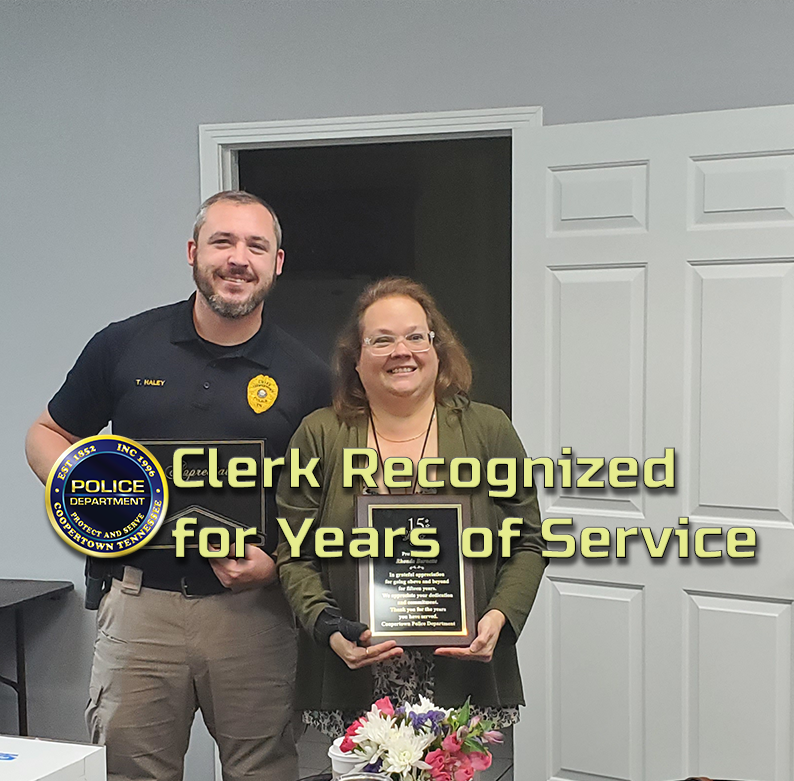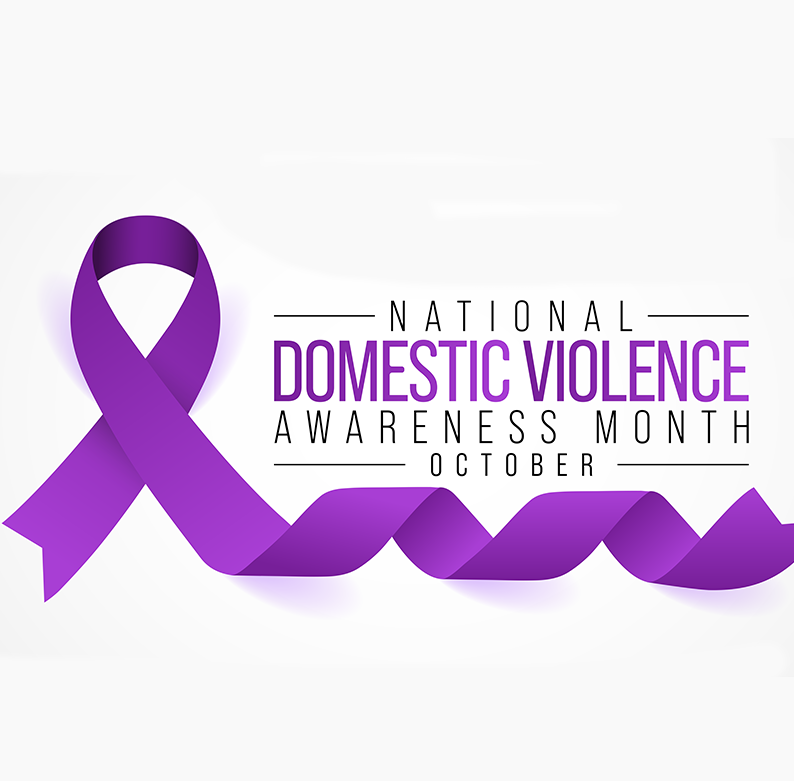According to the National Institute for Mental Health, suicide is the second highest cause of mortality among individuals aged ten to twenty-four (2019). When a loved one dies by suicide, bereaved family members are forced to ponder the extremely painful and perplexing circumstances that led to their child’s tragic demise. As a result, juvenile suicide instances often perplex researchers and clinicians. One of the reasons for the underestimation of childhood suicide may be due to the idealized view of childhood that many people have. Most people think of childhood as a carefree, happy time full of promise and potential (Vejar, 2020).
Furthermore, many individuals believe that juvenile suicide is intellectually incomprehensible, given that the brain is still growing and cannot grasp absolutely irreversible ideas, much alone devise such destructive plans. Children do not have the ability to completely enter the complicated world of abstract thinking until they reach adolescence, or the formal operations stage. At that point, they may draw inferences from hypothetical concepts, while before they were restricted to what they could physically comprehend with their five senses (Vejar, 2020).
Myths About Youth Suicide
Many misconceptions surround youth suicide, and these myths eventually act as roadblocks to overcoming such a tragic occurrence (Greene, 1994). Many people believe that children under the age of six do not commit suicide. This is not true. They also believe that children in their latent phase of development (between the ages of 6 and 12) are incapable of committing suicide. In fact, research indicates that many recorded instances of young children in these age groups committing suicide occur (Vejar, 2020). When young children make firm assertions like “I’m going to jump off the house!” they are often seen as inciting attention-seeking behavior; yet, when such actions are really carried out, they are frequently viewed as unintentional (Greene, 1994).
Anyone experiencing a crisis can call 911, text “Jason” to 741741 or call the National Suicide Prevention Lifeline at 1-800-273-TALK (8255)
Another misconception is that if a child does not have any weapons within reach, it would be harder for them to commit suicide. This notion has been shattered to some extent as a result of the widespread distribution of numerous media stories detailing the fatal course of action taken by many young people (Children with Guns, 2000). Furthermore, children often carry out their lethal, self-imposed goals by using readily available methods, such as ingesting poisonous substances or fleeing into oncoming traffic (Vejar 2020).
Preventing Suicide
Suicide may be avoided. The majority of people who commit suicide suffer from a mental illness at the time of their death, the most frequent of which being depression or bipolar disorder. Any hint of suicidal thoughts, particularly suicide attempts, should be regarded seriously, and help should be sought as soon as possible (Vejar 2020).
The Jason Foundation is committed to ending the “Silent Epidemic” of adolescent suicide by providing educational and awareness programs that educate young people, educators/youth workers, and parents with the skills and resources they need to identify and support at-risk kids (n.d.). Anyone experiencing a crisis can call 911, text “Jason” to 741741 or call the National Suicide Prevention Lifeline at 1-800-273-TALK (8255). More information about The Jason Foundation can be found at www.JasonFoundation.com. For more information about the National Suicide Prevention Lifeline, visit www.SuicidePreventionLifeline.org.
References
Children with guns. (2000, March 1). New York Times, 22. https://www.nytimes.com/2000/03/01/opinion/children-with-guns.html
Greene, D. B. (1994). Childhood suicide and myths surrounding it. Social Work, 39, 230–232. http://search.ebscohost.com.libraryresources.columbiasouthern.edu/login.aspx?direct=true&db=aph&AN=9404272316&site=ehost-live
National Institute of Mental Health. (2019, April). Suicide. National Institutes of Health. https://www-nimh-nih-gov.libraryresources.columbiasouthern.edu/health/statistics/suicide.shtml
The Jason Foundation. (n.d.). About us. https://jasonfoundation.com/about-us/
Vejar, C. (2020). Youth suicide. Research Starters: Sociology. https://search-ebscohost-com.libraryresources.columbiasouthern.edu/login.aspx?direct=true&db=ers&AN=89185826&site=eds-live&scope=site



